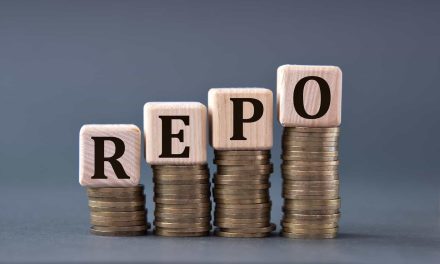
Price relief to aspiring home owners in 2015
“House prices have begun slowing down due to weak economic fundamentals and rising interest rates”.
Global property prices contracted for the first time since 2012 against a turbulent political and economic landscape. Namibia dropped to the bottom quarter of the ranking after house prices contracted by 2.8% on a quarterly basis, according to FNB’s Housing Index.
Namene Kalili, Senior Manager Research and Development at FNB Namibia Holdings said, “House prices in Namibia increased by 7% through December to bring the annual average growth to 19.8% for 2014. Short term data points towards softer property prices in the latter part of the year, driven mainly by price weakness in the central and southern property markets, coupled with weaker economic data and rising interest rates. The number of towns where prices have contracted has begun to increase, led by the country’s capital, Windhoek.” Over the past five years prices have increased by 84% from N$381,000 in 2009 to N$700,000 in 2014.
He elaborated that volumes continued to deteriorate and were down 22% in December and contracted by 1.5% in 2015. “Volumes in the upper price segment contracted by 39% in December, which has decelerated mortgage advances to the upper price segment and reduced its share of overall mortgages in 2014. Land delivery remained weak as 709 stands were mortgaged for the year, and although this is a slight improvement from 2013, it is well short of demand curve and hardly sufficient to neither tame house prices nor dent the housing backlog.”
“Developers mortgaged a further 62,350m² of land through the month with a maximum yield potential for 145 free standing homes,” he added.
The FNB Housing index further stated that central property prices moderated towards the end of the year after very strong price movements early in the year to bring the annual price increase to 15.3%. Monthly prices ranged between N$764,000 and N$990,000. Okahandja prices increased 27% from the previous year and 127% over the past five years. Gobabis prices increased 2% from the previous year and 96% in the past five years while Windhoek prices contracted by 8% from the previous year, but increased 91% over the past five years. Kalili added, “Overall volumes remained weak and closed off 14% lower than the previous year. There has been a marked slowdown across all price segments, but it was the upper price segment that had the largest contraction in volumes, down 38% year on year. Land delivery increased by 20% from the previous year to 202 vacant stands, while land prices moderated by 14% to end the year at an average price of N$386/m².”
“However, 202 vacant stands are hardly enough to meet the growing housing demands. Developers mortgaged a further 34,825m² of land with a maximum yield potential for 81 free standing homes,” he said.
“In conclusion I would like to say that house prices have begun slowing down due to weak economic fundamentals and rising interest rates, with prices contracting in the nation’s capital. Although this brings welcome relief to aspiring home owners, supply still remains weak. With growth in the Namibian economy expected to remain positive, driven mostly by the mining, energy, transport and construction sectors, the limited supply of new housing stock is expected to trend upwards at double digit pace, while the interest rate hiking cycle and rising cost of utilities provide temporary price relief to aspiring home owners in 2015,” he said.












































